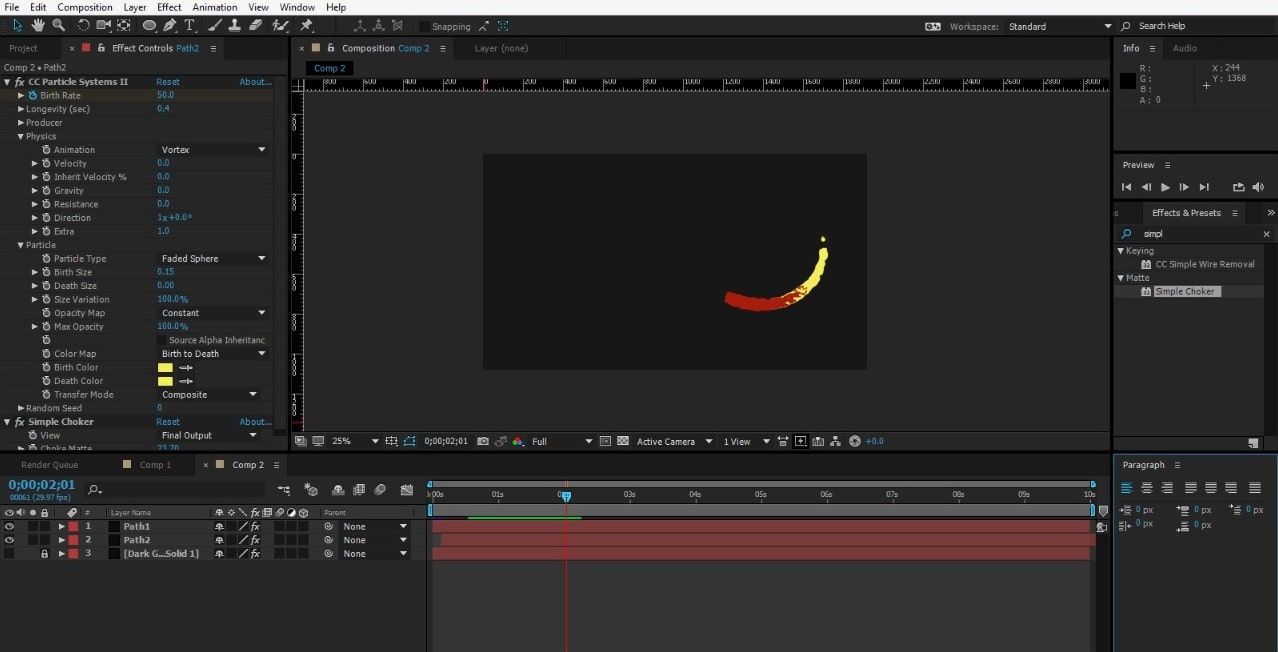
often difficult to establish because of the lack of typical digestive symptoms of GORD and of erosive oesophagitis in most of the cases. In some cases, symptoms are triggered by an oesophageal reflex vagally mediated, while other symptoms are mainly related to the irritant effect of the refluxed material. In adults, several extra-digestive manifestations (cough, asthma, angina-like chest pain, ENT symptoms, dental erosions and even sleep disturbances) may be due to gastro-oesophageal reflux disease (GORD). A number of factors might have been involved in its development, including negative pulmonary pressure, recent respiratory tract infection, and positive airways pressure (due to coughing). We feel that in our case there was some indication that the pulmonary bleeding was a result of bronchial vessel damage. One suggested that the bleeding was due to damage to the pulmonary capillaries, the other that it was due to disruption of the bronchial vessels. There have been two previously reported cases of pulmonary hemorrhage after upper airway obstruction. Bronchoscopy showed a collection of blood in the right lower lobe of the lungs, suggesting a localized source of bleeding. We report a case of significant pulmonary hemorrhage and negative pressure pulmonary edema in an intubated patient. However, frank pulmonary hemorrhage as a manifestation of upper airway obstruction is uncommon. Negative pressure pulmonary edema due to upper airway obstruction following extubation is a well-recognized problem.

Patients with unexplained chronic respiratory syndromes should be evaluated for gastric regurgitation and aspiration. Preventive measures should be employed in patients at high risk for aspiration.


Prophylactic corticosteroids should not be used. Bacteria usually play no role in the initial lung injury, and antibiotics should be withheld until there is evidence of superinfection. Treatment consists of supportive care with high-flow oxygen and volume replacement. In the absence of an obvious predisposition, the abrupt onset of a self-limited illness characterized by dyspnea, cyanosis, and low-grade fever associated with diffuse rales, hypoxemia, and alveolar infiltrates in dependent lobes should suggest aspiration. In the absence of witnessed inhalation of vomit, diagnosis is difficult and requires a high index of suspicion in a patient who has risk factors for aspiration. The clinical presentation and course of chemical pneumonitis after inhalation of gastric contents ranges from mild and self-limited to severe and life-threatening, depending on the nature of the aspirate and the underlying condition of the host. Intravenous fluid support is also important, particularly when there is hypotension. Repeated tracheal suction is often necessary to maintain a clear airway. The most important facet of treating Mendelson's syndrome is to correct hypoxia by vigorous and immediate assisted ventilation or positive pressure oxygen. Experimental animal studies have shown that toxic effects of acid are immediate and extensive. Of these, gastric acid is the most frequently encountered and the most completely studied.

Examples include acids, animal fats, mineral oil, alcohol and hydrocarbons. Certain fluids are toxic to the lower respiratory tract and can initiate an inflammatory reaction which is independent of bacterial infection. In these reports, the principal underlying conditions are alcoholism, seizure disorders, cerebrovascular accidents, drug addiction, general anesthesia, esophageal disease and nasogastric tube feeding. An approach to understanding the clinical setting is to study all patients diagnosed as having aspiration pneumonia. Importantly, new and simplified antibiotic regimens have emerged as an option for the treatment of aspiration pneumonia.Īspiration pneumonia is a disease recognized since antiquity. Recently published clinical trials have evaluated the efficacy of different antibiotic regimens for the treatment of aspiration pneumonia. Although there is enormous potential for the investigation of strategies aiming the prevention of aspiration pneumonia, most studies have failed to show a benefit of these strategies. While anaerobic bacteria are the classic organisms associated with aspiration pneumonia, gram-negative bacteria also play an important role in its pathogenesis. In aspiration pneumonia, the key precipitating event is the inhalation of colonized oropharyngeal material. In aspiration pneumonitis, the degree of lung injury caused by the aspiration of gastric contents is influenced by the pH and to a lesser extent volume of the aspirate. Aspiration pneumonitis and aspiration pneumonia are common entities that occur more frequently in populations that are susceptible to aspiration.


 0 kommentar(er)
0 kommentar(er)
